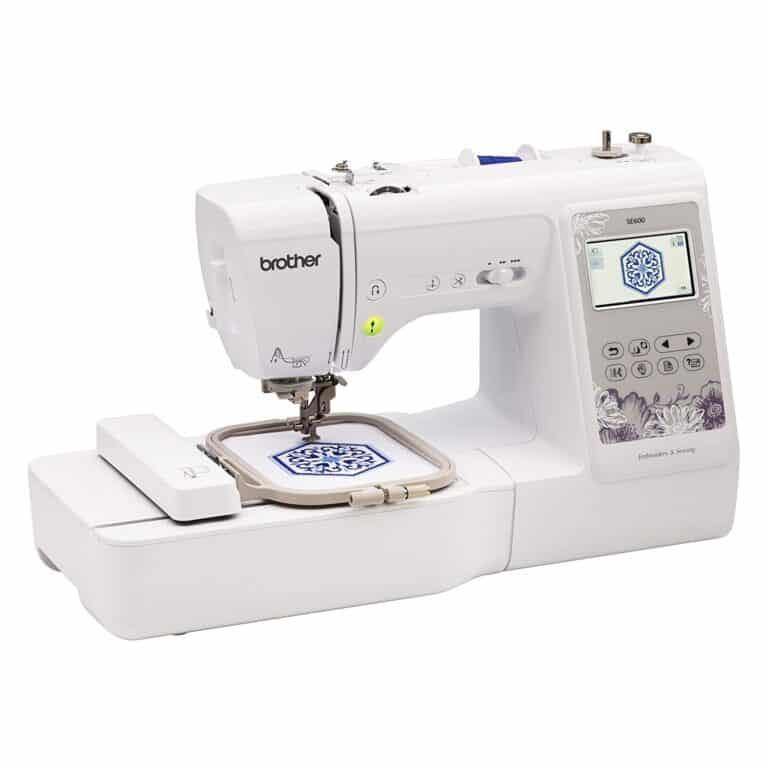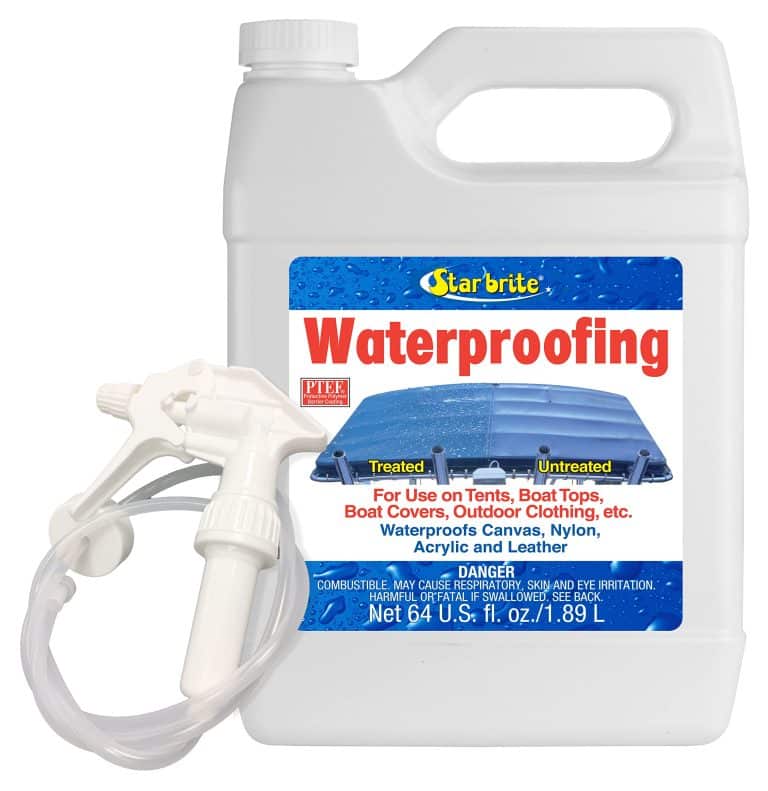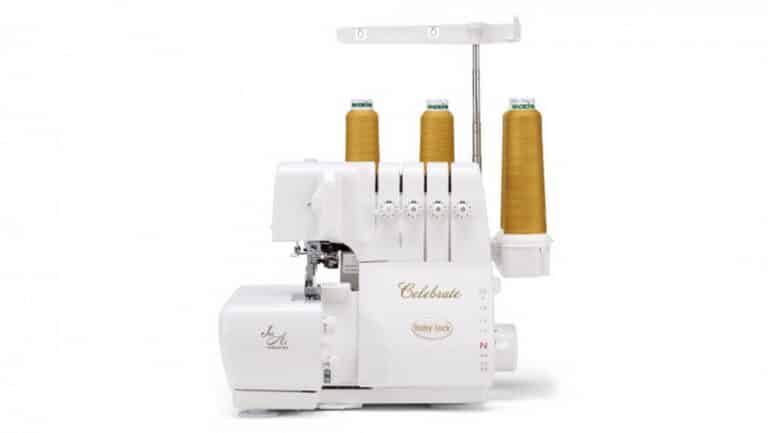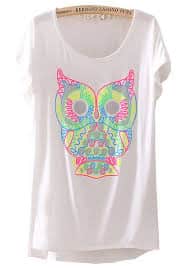Faille Fabric: History, Properties, Uses, Care, Where to Buy
Table of Contents
- 1 Introduction to Faille Fabric
- 2 What is the History of Faille Fabric?
- 3 Properties of Faille Fabric
- 4 How is Faille Fabric Made?
- 5 Where is Faille Fabric Made?
- 6 Common uses of Faille Fabric
- 7 How to care for Faille Fabric
- 8 Where to buy Faille Fabric
- 9
- 10 Best Faille Fabrics
- 11 Faille Fabric Buying Guide
- 12 Conclusion
- 13 Sources
Introduction to Faille Fabric
Faille Fabric is a delicate fabric used for a wide variety of apparel. Among one of the best silk fabrics, the fabric has been incorporated for use throughout time due to its shimmery nature and elegant composition.
| Section | Description |
|---|---|
| Introduction to Faille Fabric | Faille is a delicate, shimmery fabric with a distinct rib pattern. It is used to make a variety of apparel, including formal clothing and outerwear. |
| History of Faille Fabric | The fabric was used during the 19th century for wedding dresses and wear. |
| Properties of Faille Fabric | Durable, easy to drape, shiny appearance, smooth, not stretchable, a bit stiff, silk faille is delicate and soft. |
| How is Faille Fabric Made | Faille fabric is constructed with a square weave and made from various materials such as silk, cotton, wool, and synthetic fibers. |
| Where is Faille Fabric Made | China is the largest textile producing country globally, but Italy also produces silk faille fabric in the Como district. |
| Common uses of Faille Fabric | The fabric is used for formal clothes, dress shirts, ties, suits, upholstery, and women’s wear. |
| Sewing with Faille | Faille needs to be sewed with care, especially silk faille. It requires specific sewing notions and supplies. |
| Dyeing with Faille | Faille can be dyed in the same way as other fabrics using fabric dyes like Rit all-purpose liquid dye. |
| How to Care for Faille Fabric | The fabric should be dry cleaned or use an in-home dry-cleaning bag. For greasy stains, a solvent can be used. |
| Where to Buy Faille Fabric | It can be purchased from fabric shops or online retailers like https://amzn.to/4b6kxLB and Amazon. |
| 10 Best Faille Fabrics | List includes Telio Robin Faille, Telio Colorado Poly Faille Snake Print, Telio Madura Rayon Faille, Telio Faille Plisse Knit, and Telio Lili Crepe De Chine. |
| Faille Fabric Buying Guide | The guide includes information on the fabric’s properties, how to care for it, and the cost of faille fabric. |
| Conclusion | Faille fabric is a versatile material with many uses and unique properties. It has been used for decades due to its softness and delicacy. |
The weave of Faille fabric, which has a minor rib pattern, gives it a distinctive touch and appearance. Besides being used to make formal clothes, this fabric can also be used to make outerwear such as jackets, skirts, and other clothing items.
What is the History of Faille Fabric?
Not much is known about the fabric apart from the fact that it was used during the 19th century for wedding dresses and wear and has been around for a long time.
Properties of Faille Fabric
- It is durable
- Easy to drape
- It has a shiny appearance
- Smooth
- Isn’t so stretchable
- It is a bit stiff
- Silk Faille is delicate and soft
How is Faille Fabric Made?
It is constructed with a square weave. In addition, the crosswise ribs are visible and partially flattened, giving them a slight sheen to them. Originally, it was made entirely of silk, but cotton was subsequently incorporated.
In addition to wool and synthetic fibers, it is possible to use a combination of these materials. Another name for the fabric is the “Faille Francaise”, a designation given to the French silk variation by the French.
Faille and similar fabrics
Faille is often confused with grosgrain and satin due to the nature and use of these fabrics. Faille, grosgrain, and satin are all types of fabric finishes manufactured from various materials.
Satin is woven with a smooth weave, which gives it a delicate, silky-smooth feel. Grosgrain is similar to Faille in that it is ribbed, which is achieved by having more warp threads than weft threads on the warp side of the fabric.
The ribs of this fabric, on the other hand, are broader and wider than those of faille fabrics. Faille is a fabric that is in the middle of satin and grosgrain. In comparison to satin, it is less smooth and buttery to the touch, and it is also not as heavily ribbed as grosgrain.
Where is Faille Fabric Made?
Although China is the largest textile producing country globally, it faces a bit of competition from Italy for silk faille fabric, produced in Italy’s Como district. Apart from these two, this fabric, along with its different blends like cotton faille, can be found in Asian countries, e.g. India.
Common uses of Faille Fabric
Faille Fabric is used in an array of different blends. Since the fabric can be composed of cotton, silk, or even polyester, these different blends allow the fabric to be used for various products.
Daily and Formalwear
A silk faille fabric, like silk taffeta and shantung, can be used to create formal clothes or gathered designs with a lot of movement. Skirts, dress shirts, ties, and suits are some of the most often worn formalwear pieces. The fabric may also be used for upholstery and women’s wear.
Sewing with Faille
Faille needs to be sewed with care, especially silk faille. The hand sewing needle used should be a universal-H point depending on the type of fabric. The stitch length used should be 10- 16 stitches per inch. The sewing thread can vary and be of any kind.
When stitching the seams on the fabric, hold it tightly to avoid any mishaps. Holding the fabric tautly ensures that the needle doesn’t make any unnecessary holes in the body of the fabric. Press it on the wrong side when pressing the fabric, using a warm, dry iron such as the Shark steam iron.
Sewing patterns and designs on the fabric are relatively not that hard; you have to ensure you’re doing the work right; otherwise, retracing your stitches and seams will lead to an increased workload which one would want to avoid.
Another way to achieve results faster is using the right set of sewing notions and supplies. Work becomes more efficient if you have the correct sewing machines and craft materials.
Dyeing with Faille
Faille can be dyed in the same way as other fabrics. The best way is to use the Rit all-purpose liquid dye, one of the best fabric dyes available. Allowing one to get the perfect custom colors they are looking for. Hence, an easy solution for all.
How to care for Faille Fabric
Among the materials that can be used to create faille fabric are silk, viscose, wool, cotton, polyester, and rayon, to name a few. There are several methods for washing Faille at home, and they differ based on the type of Faille used in the garment.
Regardless of the material, dry cleaning is the safest alternative to choose. Because of the peculiar ribbing of the Faille fabric, it may be hard to properly care for it at home. However, an in-home dry-cleaning bag can be a better option.
If you have greasy stains, you might use a solvent to remove them, and for other types of stains, you could use the natural soap and a wet cloth. Instead of trying to take care of your faille garments or drapes alone, calling in a professional would be the right choice.
Where to buy Faille Fabric
Faille Fabric can be bought at fabric and garment shops. Customers can also buy it through online retailers and websites like https://amzn.to/4b6kxLB and Amazon, which have the best Faille fabric available—ranging from the Telio Robin Faille to the textured Telio Colorado Poly Faille Snake Print.
It can be sold in several ways depending on the seller;
- By yard
- By Inches
- Can be cut to order
Best Faille Fabrics
Here are our faille fabric reviews.
1. Telio Robin Faille
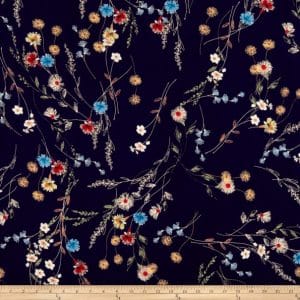
Faille fabric generally has some kind of texture. This fabric has a slightly ribbed feel and is tightly woven. Like most faille fabrics, this fabric is extremely soft and has a fluid drape. This floral print is absolutely beautiful and would be great for creating apparel items like dresses, skirts, blouses, and more.
- This fabric is very lightweight and is made from 100% polyester.
- Come in 58” widths and this line of fabric comes in over thirty different prints to choose from
- Machine wash with cold water, air dry
2. Telio Colorado Poly Faille Snake Print
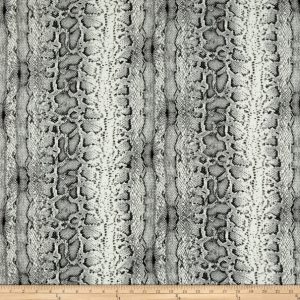
This lightweight faille fabric features an extremely soft hand and a slightly ribbed texture. It is tightly woven and drapes beautifully and fluidly. This fabric features a unique snake-like print that would be great for creating different apparel items like dresses, skirts, blouses, and more.
- Hand wash, letting fabric drip dry
- This fabric is made from 100% polyester.
- Comes in 58” widths
3. Telio Madura Rayon Faille
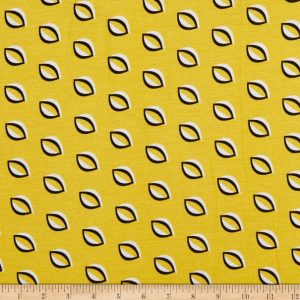
This faille fabric has a small amount of texture and features a unique sheen. The fabric is very lightweight and like most faille fabrics, is extremely soft. This fabric is different from other faille fabrics though, in that it only has a small amount of drape. The fabric could still be a good choice for different apparel items, especially dresses, skirts, and blouses.
- Fabric is lightweight and is made from 14% nylon and 86% rayon
- Machine wash, tumble dry
- Available in 58” widths
4. Telio Faille Plisse Knit
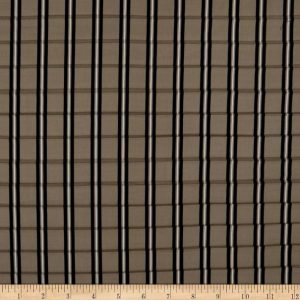
This faille fabric is actually a medium-weight knit fabric and comes in unique, striped prints. The fabric features 10% stretch, which makes it a great choice for form-fitting clothing. This fabric could be used to make anything from tops to dresses, skirts to scarves, and more.
- Fabric is made from 100% polyester
- Machine wash on gentle, lay flat to dry
- Comes in 58” widths
5. Telio Lili Crepe De Chine
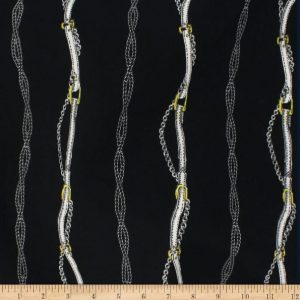
This line of fabric is very lightweight and soft to the touch. The fabric does have some stretch, which makes it a great choice for making different apparel items. Crepe de chine is great for making dresses, blouses, skirts, scarves, and more.
- Hand wash, drip dry
- This fabric is a blend of 97% polyester and 3% Lycra spandex
- Comes in 57” widths
Faille Fabric Buying Guide
Faille fabric has a beautiful, liquid, and flowy drape (although some faille fabrics have a crisper hand and only a slight amount of drape. The fabric is very lightweight, and some fabric lines do have some stretch to the fabric. Faille is most often used to make apparel items because of the many great features the fabric has. While faille can be made with different fibers, many lines are made with polyester and polyester blends.
Laundering and Caring for Faille
Faille fabric is most often used to make different apparel items. Caring and laundering clothing items properly can definitely prolong the life of the item and keep it in the best shape possible. Some faille fabrics can be machine washed and even put in the dryer, but most should not be dried in a dyer. Most lies of fabric recommend washing on gentle on hand washing and then air drying or drip drying after.
Cost of Faille Fabric
Many lines of faille fabric are actually quite budget friendly, even though the fabric has a soft, luxurious feel and a beautiful, fluid drape that makes it look like it might be more expensive than it actually is. Many lines of faille can be purchased for under ten dollars a yard, while others range around the twenty dollar per yard price point. If you are on a budget, there are many different lines of faille in all different colors and prints that can be purchased for around or less than ten dollars a yard.
Conclusion
Faille Fabric is a material that has been used for decades. The soft and delicate fabric composed of different materials has many uses that make the product prosper. The fabric also has amazing properties using a unique pattern and design, excelling on all fronts.
Recommended Reading:
- Chapter 1: The 7 Sewing Essentials for Beginners
- Chapter 2: The Beginner’s Guide to Sewing Machines
- Chapter 3: The Ultimate Guide to Setting up your Sewing Room
- Chapter 4: Everything You Need To Know About Sewing
- Chapter 5: Sewing Fabric 101: A Virtual Tour of the Fabric Store


